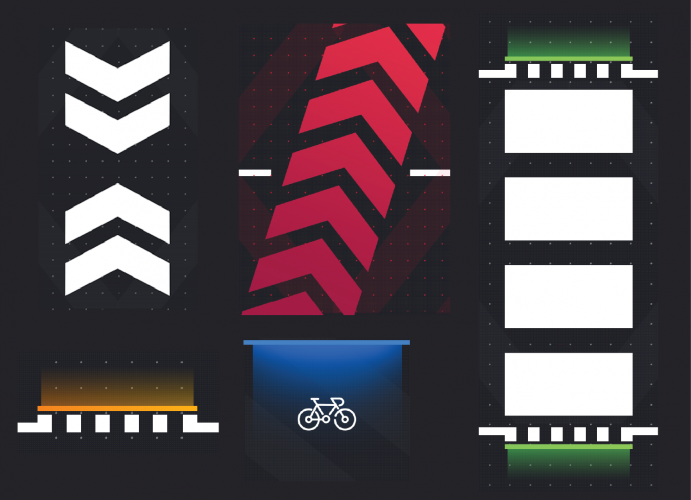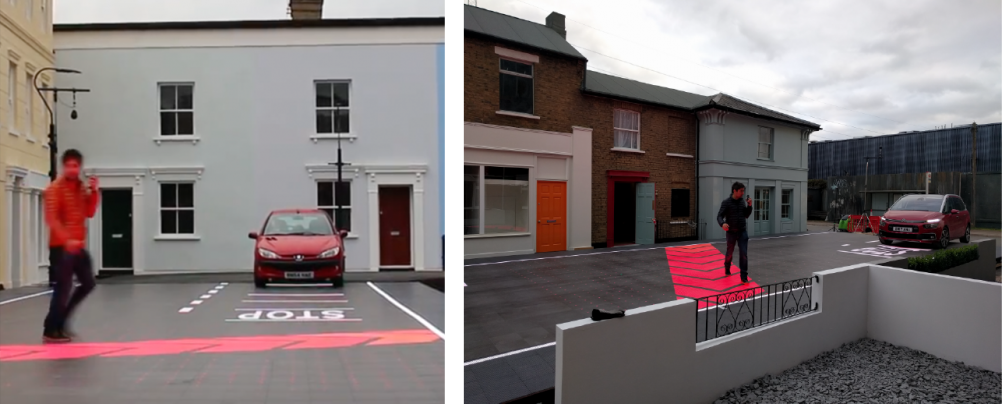
The Starling (STigmergic Adaptive Responsive LearnING Crossing) project was commissioned by insurance company Direct Line and brought to fruition by design company Umbrellium. Using cameras and neural networks to monitor pedestrians, cyclists and vehicles, the crossing responds in real-time to different conditions.
Based on studies from the Transport Research Laboratory, the team developed a full-scale prototype which was capable of supporting vehicle weight and was non-slip even in heavy rain. The LED lights – which can be seen from all angles even in daylight - modify the layout, size and orientation of the crossing in order to prioritise pedestrian safety.
When there are few pedestrians, the Starling Crossing may only appear when someone approaches, guiding them to the point that it has learned over time is the safest to cross. At busier times, after pubs close or an event ends, the crossing can automatically expand in width to accommodate increased pedestrian traffic. Warning lights can alert pedestrians if they veer too close to the road inadvertently, or create buffer zones if a child unexpectedly runs into the path of traffic.

If a pedestrian is rushing across the street but is in a driver or cyclist’s blind spot, Starling can detect this and use a red path to draw attention to pedestrian’s trajectory, helping to defuse a potentially dangerous situation.
https://vimeo.com/237221539
According to Umbrellium, aspects of Starling’s design were inspired by stigmergy, the self-organisation consensus behaviour typified by insects such as ants and termites. Over long-term use, the pedestrian crossing would be able to monitor and adapt to desire lines. For example, if the system notes that people tend to walk diagonally across the road from a tube station to a park entrance, the crossing can reconfigure itself as a diagonal or trapezoidal crossing, with corresponding safety buffer zones.




Nanogenerator consumes CO2 to generate electricity
Nice to see my my views being backed up by no less a figure than Sabine Hossenfelder https://youtu.be/QoJzs4fA4fo